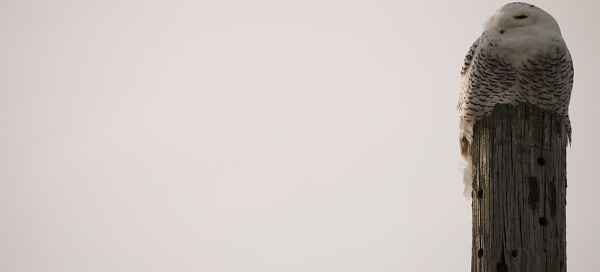
Have you seen a snowy owl lately? Unbelievably, it is possible for North Carolinians to spot this Canadian Arctic resident in this very odd year.
From Maine to New Jersey to North Carolina, to as far west as Hawaii, to as far east as Bermuda, snowies are being spotted. Yes, Bermuda. We are experiencing a dramatic snowy owl irruption, defined by a USA today article as “a dramatic migration of large numbers of birds to areas far from their normal ranges.” While the reason for such a mass migration south is not yet completely clear, scientists and researchers believe that “Food, combined with population numbers, are the likely reasons the birds are so far south in such large numbers.”
One possible explanation is that a boom in the lemming population, a small rodent, led to a boom in the owl population, “and then the juveniles flew south in search of territory with less competition for food.” It is true that most of the snowy owls seen are juveniles, with heavy black barring, but there is another, opposing, hypothesis: “a bust in lemming production.” These young owls could be starving, heading further and further south for better food sources. After all, they do eat “rabbits, voles, mice, gulls and ducks.”
There is a final hypothesis, one that may change the range of snowy owls for generations to come. Global climate change is changing the arctic tundra, and “there is also a possibility that something is up with polar ice, the favored wintering place for adult female snowy owls. If the adult females find the polar ice unwelcoming, perhaps due to global warming, they would move south, displacing their own young toward southern climates.”
Whether a cyclical event or a result of climate change, the snowies are definitely here this season. So where to find them? Look for any open spaces, like fields, beaches, dunes, and bays. They are actually active during the day, so look for their bright white plumage against the brown winter landscape. In fact, a snowy owl was spotted today in Cape Hatteras!
Tell us about your adventures by posting photos or comments on our Facebook page. Happy birding!
